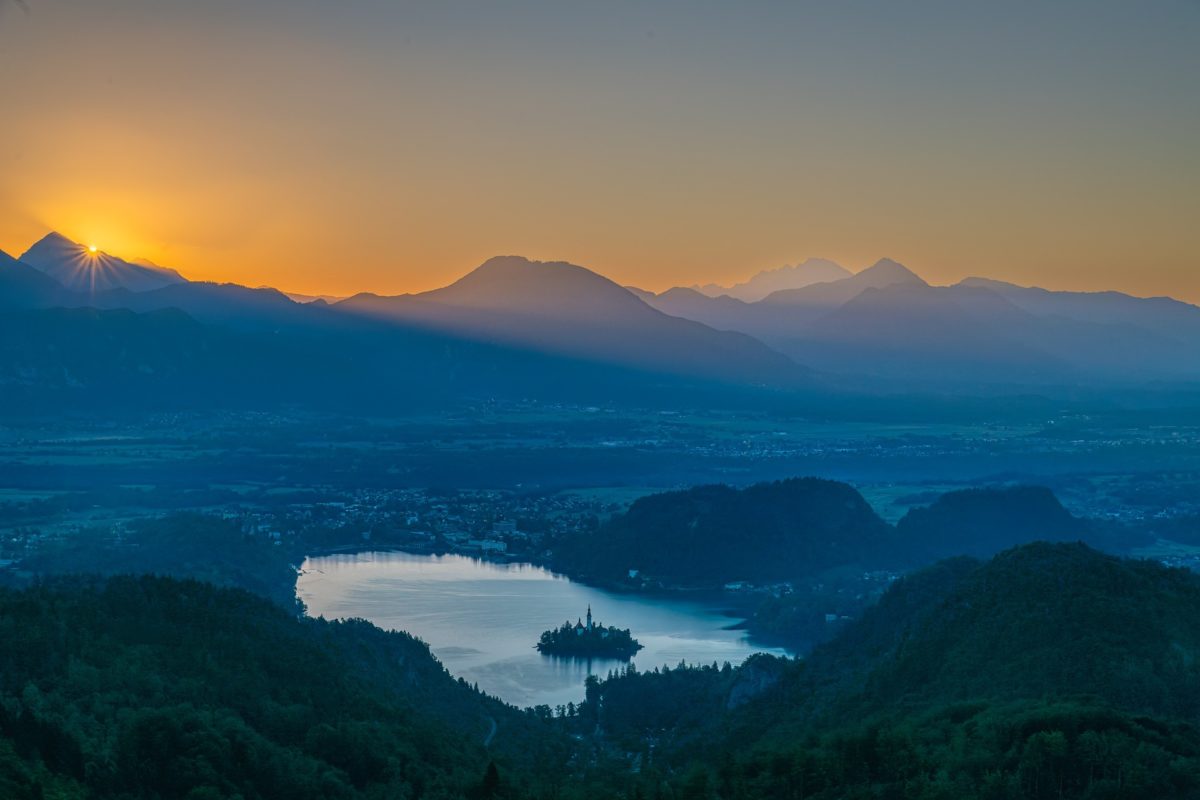Slovenia could potentially add 258 MW of new solar capacity in 2022, according to new figures from the Slovenian Photovoltaic Association (SPA). The country installed 194 MW of solar in the first three quarters of 2022, according to its distribution system operator, SODO. Almost all capacity was added in the residential sector.
The SPA estimates that the country will reach 724 MW of cumulative capacity by the end of this year. The analysts said they also expect demand from the residential sector to continue to grow in 2023.
“Slovenia has extended the period of the net-metering scheme system for the residential sector (for PV installations up to 11 kW) until the end of 2023 and that will result in high demand, especially with announced accompanying subsidies,” a SPA spokesperson told pv magazine. “The permits issued already support that estimation and the relevant institutions have taken steps to improve the response time in permitting which was an issue in the last period.”
The Slovenian government has prepared draft legislation to simplify the permitting process for renewables and ramp up deployment, particularly for large-scale PV. In June, it announced a plan to deploy 1 GW of solar by 2025. It has since identified go-to-areas for large-scale PV.
“They have prepared a map and an app [called SODOKart] of the electric grid with identified PV (and wind) connection points. Basically, they analyzed the state of the electric grid and the points where the installation of large PV would be appropriate (and not [require] significant investment in the grid),” said the SPA spokesperson. “The map is publicly available, [informative,] and does not affect the permitting procedures.”
The measures are expected to lead to the rapid development of the large-scale segment in Slovenia, where the largest PV plant is currently a 6 MW installation.
In addition, the government has announced subsidies for the residential and commercial and industrial (C&I) segments. While current subsidies focus on companies, the new ones will focus on energy communities and community solar, according to the SPA. Subsidies in the residential sector will shift from solar panels alone to solar plus storage, it said, without providing additional details.
Slovenia plans to start its first green hydrogen projects in 2023, under the European Union’s Just Transition Fund, according to the SPA. Its defense ministry is also leading a project to build hydrogen infrastructure that will be partly publicly owned.
This content is protected by copyright and may not be reused. If you want to cooperate with us and would like to reuse some of our content, please contact: editors@pv-magazine.com.



I appreciate pv magazine keeping us informed of the very Important developments
Thank you